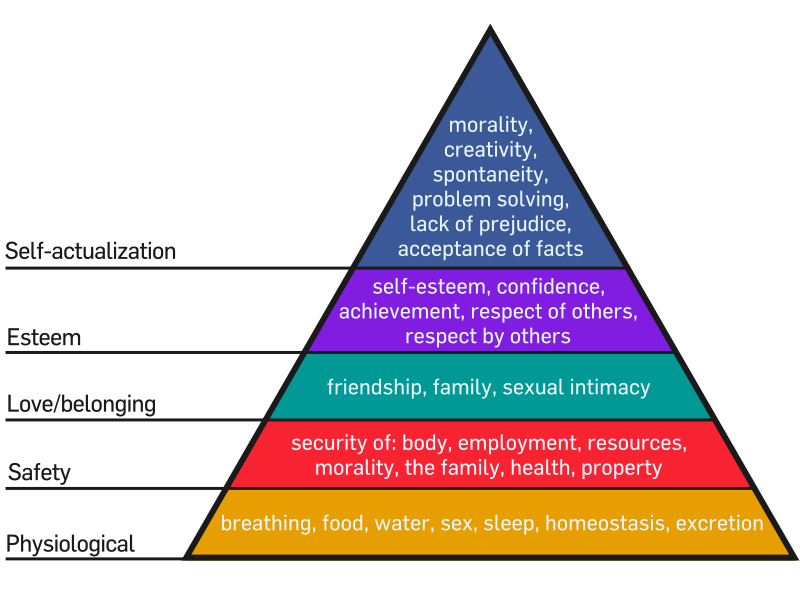Whenever you're part of a movement you expect to be burnt at some point. I was burnt very recently by a group of feminists who decided that my disagreement with the letter of their feminism was trolling, being miss-informed etc etc. It got very personal (mocking my use of English as an example, because apparently grammatically correct full sentences are a crime (I seriously don't know what the person's problem was, I made one typo and corrected it)) and I did not like it. In fact it made me want to stop engaging in feminist debate, and that's hard to do on the internet or anywhere else for that matter. (If you wish to see the thread you can't, someone deleted it... Talk about invalidation of feelings; the hurtful thing no longer exists. I'll come back to that later).
But here's something I think I can post about because it's egalitarian enough. Empowerment.
Firstly, power and the gaining of power, always means different things to different people. Empowerment can mean gaining control and leadership, the power to make others do as you ask, having the feeling of total agency in your life or just being told you can do something, those are all types of empowerment and I've not named them all.
But the word empowerment's been batted around a lot recently in relation to female celebrities and females in music videos (I'll not insult your pop culture knowledge by saying who, we all know who and which videos). And there's been a lot of talk about whether these women are being empowered, or whether they really feel empowered, or whether they are lying or been tricked by the patriarchy etc etc.
Here's my axe to grind (listen well internet):
Who the four-letter-word (chose-one-you-like) are the rest of us to debate whether or not these women feel empowered.
Sorry, words mean things and if you think that a person cannot select the right words to express how she feels, well, where's the oppression? It's us! It's us (the people) saying 'no, no, you can't possibly feel that because you are oppressed by the patriarchy!' We (the people) are actively trying to invalidate someone's own feelings. Active Listening 101 training, you do not invalidate how someone feels.
Now I'm not saying that there aren't societal standards and societal expectations for what constitutes empowerment, but isn't that what feminist movements and egalitarianism is trying to fight against? Aren't those movements meant to be striving for a way that everyone can reach the top of Maslow's Hierarchy of Needs? (I wrote an essay years ago on those in relation to youth work, you can read it if you like!)
At the top of that pyramid is self-actualisation which we could probably translate as empowerment to be who you want to be and be the best of it.
And it's probably now that's a good moment to point out that not everyone is the same, people are confined (oppressed if you will) by different amounts. A multi-millionaire singer has a lot more agency in her life than a single mother with two children who is working full time. These singers have already broken through a glass ceiling, they are already successful people doing what they want to do. I don't see much in the way of oppression in the way we'd usually think of it for the average Joe or Jane on the street. (I'll come back to that).
Before I sign off I'll briefly mention the dark side of this topless-females-empowerment debate. As I've already mentioned, empowerment means different things to different people, perhaps being topless is the most empowering thing for these women. After all, they are beautiful, talented and adored but they are also, on one level, controlled (told you I'd mention it again), told how to make money by the industry they are part of, ridiculed or praised by the media. They are influenced, although they don't always need to be. They have enough money and talent to make their own rules if they want. And many do. But for some doing something shocking is their rebellion, their liberation. And if that's how they feel about it, well ok then. But we do need to acknowledge that some of these acts of 'empowerment' are cynical PR strategies. And that's wrong. Not the act. The motivation.
A person's body is their own, not to be bought or sold or used for manipulation, and when something as potentially empowering as taking ownership of one's body becomes cynical marketing. Well, that just leaves a bitter taste in my mouth...


